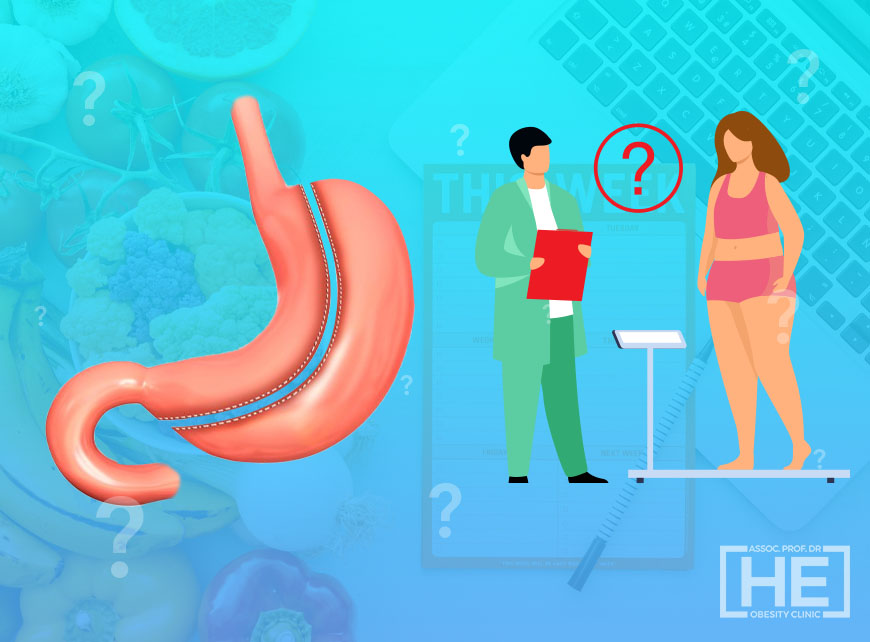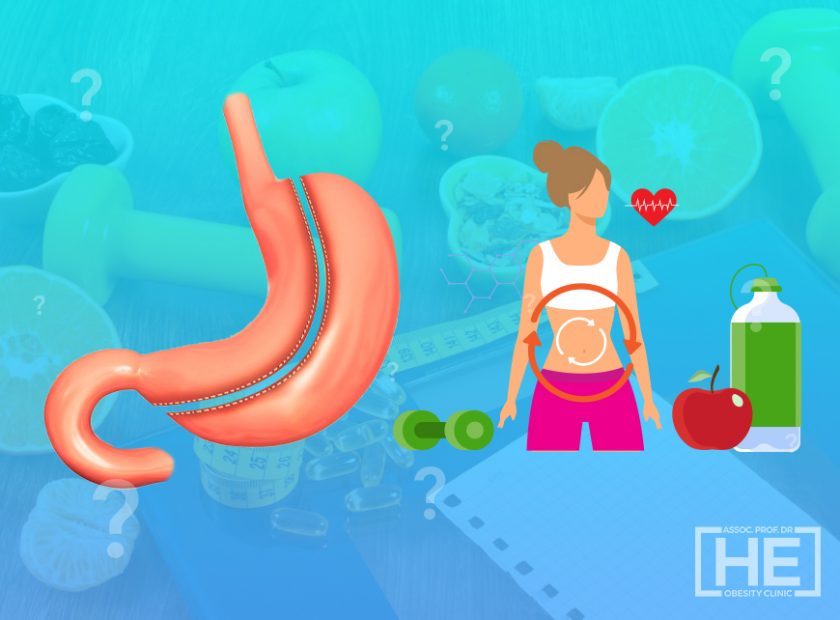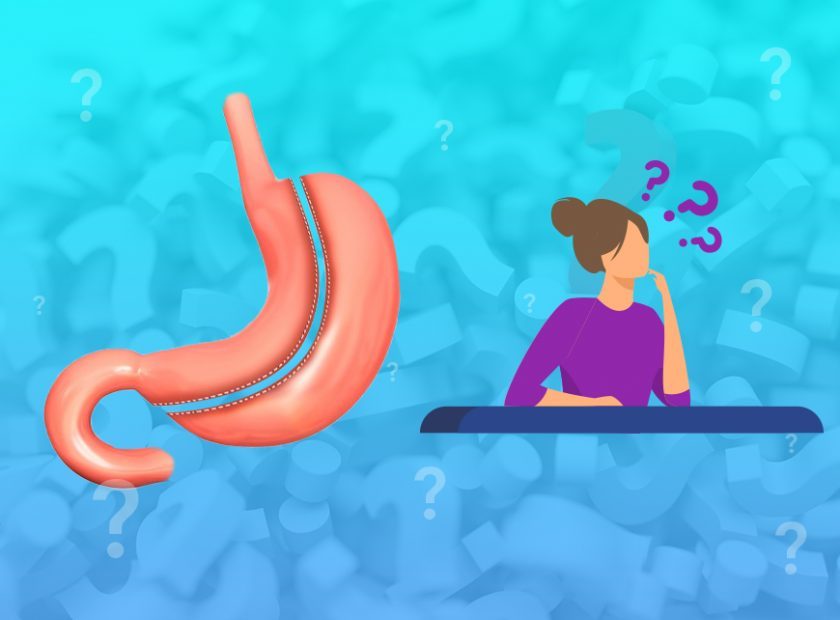In the world of obesity surgery techniques, Gastric Sleeve Surgery is the most preferred surgical technique with effective weight loss results. In this operation, about 80-85% of the stomach is removed with the help of spark plugs placed in the stomach, and the remaining stomach volume is about 100-200 ml.
A decrease in stomach capacity, a decrease in food and changes in appetite-regulating hormones are considered the most important factors of weight loss after tube stomach surgery. During the 2-year period following surgery, patients lose about 60-65% of their excess weight.
It is stated that the stomach may also expand due to factors such as insufficient reduction of the stomach in surgery and the inability to change eating habits after surgery, as well as the physiological process after surgery, and this issue is still controversial.
After surgery, legumes should be consumed after trying other foods. Legumes are among the foods that are difficult to digest with their gas-forming properties and fibrous structures. The best time to start consuming is the ninth week.
How it affects gas complaints should be observed by trying light soups in the first attempt. After that, you can switch to well-cooked legume dishes by adding cumin. Cumin reduces the gas-forming effect of pulses. In order for pulses to be digested better, care should be taken to chew well.
With surgery, about 80% of the stomach is removed from the body. Since the remaining stomach takes the form of a long tube, this operation is called the tube stomach in Turkish.
A person who has surgery may consume less food than normal, but since there is no reduction in the absorption of eaten foods, the calories of the food consumed are completely absorbed by the body.
How many calories should I eat After Gastric Sleeve?
After gastric sleeve surgery, the percentage of success in obesity surgeries is very high if nutritional rules are followed, regular doctor check-ups and given recommendations and treatment are applied.
Your doctor will tell you how many calories you need to take. You should eat according to the nutrition program given to you.
When Can You Eat 1200 Calories After a Gastric Sleeve?
Patients who have had gastric sleeve surgery are typically instructed to stick to a strict diet in order to recover and get used to their smaller stomach size.
Depending on your individual recovery and the advice of your healthcare team, you can begin eating 1200 calories at any time. Typically, patients start with clear liquids and work their way up to pureed and soft foods before progressively increasing their intake. It’s critical to heed the advice of your medical team and pay attention to your body’s signals of hunger and fullness. Additionally, factors like your age, sex, weight, and level of activity can affect how many calories you can consume.
How nutrition should be After Gastric Sleeve Surgery?
In order for obesity surgery to be successful in the long term, the patient must fully comply with the nutrition program. At this point, patients expect a process consisting of certain stages. The hospitalization process varies from patient to patient, but is between 1 and 4 days.
After discharge, patients are fed liquid foods for the first 30 days, the second month and sometimes up to 3 months of pureed feeding process is followed. Patients from fourth the month on, it switches to normal food.
After 6 months, the normal food process begins completely under the control of a nutrition and dietitian. After Gastric Sleeve Surgery, a special nutrition program is prepared by the dietitian, which will usually be applied in the first 2 months.
In this program, patients gradually switch from liquid food to solid food. In addition, after surgery, Vitamin, protein and calcium supplements are started as determined by the doctor. Calorie calculation in the nutrition program is one of the most important factors.
During the first week after surgery, completely liquid foods that do not contain grains are consumed. At this point, it is especially important that foods are low in calories and lean. During this period, liquid skim milk and dairy products are recommended.
After the first two weeks, solid foods are gradually consumed as indicated in the program. The second week can now be switched to foods such as vegetable puree and mashed potatoes. After a few months, the normal diet is switched.
Although the nutrition program may seem challenging, thanks to the surgery, the patient feels full with less food. For this reason, if enough calories are taken for the body, the feeling of hunger does not occur.
- In order not to strain and Re-grow the stomach due to the new volume of the stomach, liquid consumption with meals should be avoided and liquid intake should be stopped 30 minutes before and after meals.
- Foods should be eaten slowly and chewed well, as healthy eating individuals should do. This condition is much more important in post-op patients and should be paid attention.
- Liquids should be consumed little by little during the day. A large amount of liquid consumption should be avoided at a time.
- The articles say that each meal should last approximately 20-30 minutes.
- As soon as fullness and saturation are felt, nutrient and liquid consumption should be stopped directly.
- Low-fat and sugar-free foods should be preferred for ease of digestion.





